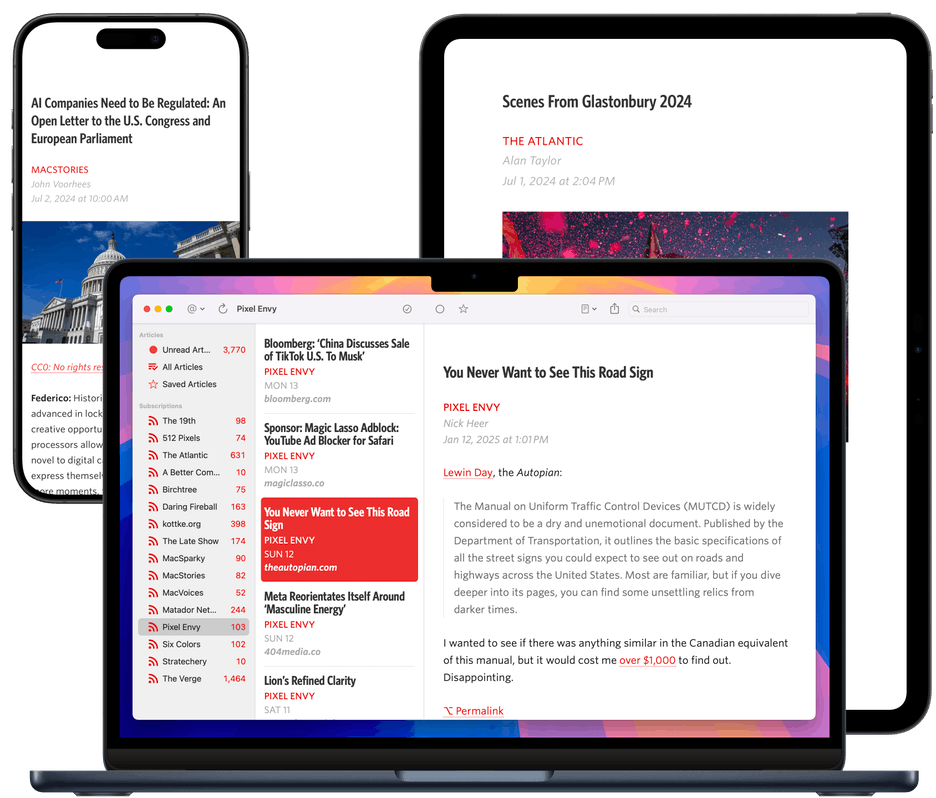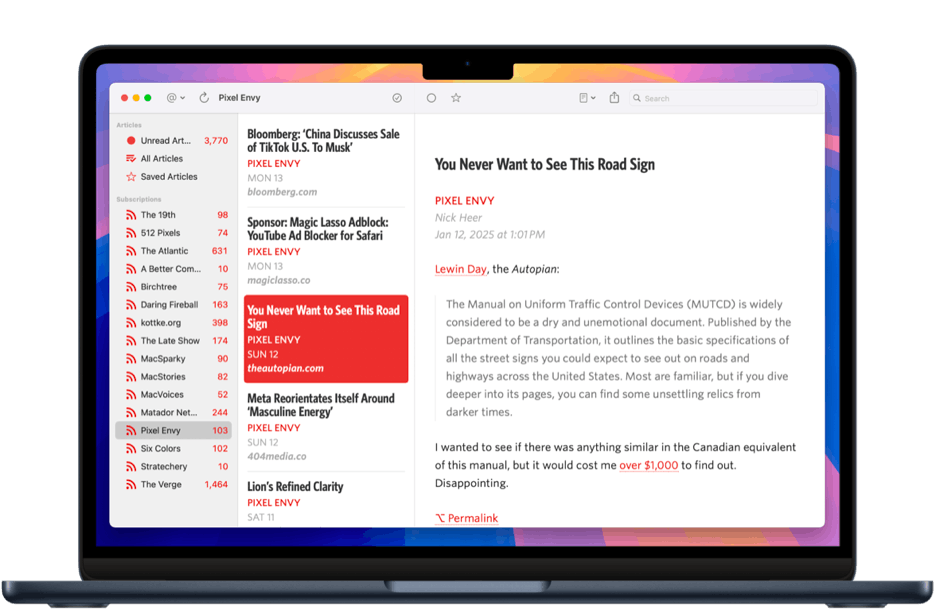I would have loved to have been a fly on the wall when Mark Zuckerberg and the rest of the Meta’s leadership team found out about Sarah Wynn-Williams’ book “Careless People”. This conversation could have taken place anywhere, but I imagine it was in a glass-walled meeting room which would allow one of these millionaire’s shouted profanities to echo. That feels right. Wynn-Williams, a former executive at Facebook, is well-placed to tell stories of the company’s indifference to user privacy, its growth-at-all-costs mentality, its willingness to comply with the surveillance and censorship requirements of operating in China, and alleged sexual harassment by Joel Kaplan. And, of course, its inaction in Myanmar that played a “determining role” in a genocide that killed thousands in one month in 2017 alone.
Based on some of the anecdotes in this book, I am guessing Zuckerberg, Kaplan, and others learned about this from a public relations staffer. That is how they seem to learn about a lot of pretty important things. The first public indication this book was about to be released came in the form of a preview in the Washington Post. Apparently, Meta had only found out about it days before.
It must have been a surprise as Meta’s preemptive response came in the form of a barely formatted PDF sent to Semafor, and it seems pretty clear the company did not have an advance copy of the book because all of its rebuttals are made in broad strokes against the general outline reported by the Post. Now that I have read the book, I thought it would be fun and educational to compare Meta’s arguments against the actual claims Wynn-Williams makes. I was only half right — reading about the company’s role in the genocide in Myanmar remains a chilling exercise.
A caveat: Wynn-Williams’ book is the work of a single source — it is her testimony. Though there are references to external documents, there is not a single citation anywhere in the thing. In an article critical of the book, Katie Harbath, one of Wynn-Williams’ former colleagues, observes how infrequently credit is given to others. And it seems like it, as with most non-fiction books, was not fact-checked. That is not to disparage the book or its author, but only to note that this is one person’s recollections centred around her own actions and perspective.
One other caveat: I have my own biases against Meta. I think Mark Zuckerberg is someone who had one good idea and has since pretended to be a visionary while stumbling between acquisitions and bad ideas. Meta’s services are the product of bad incentives, an invasive business model, and a caustic relationship with users. I am predisposed to embracing a book validating those feelings. I will try to be fair.
Anyway, the first thing you will notice is that most of the points in Meta’s response do not dispute the stories Wynn-Williams tells; instead, the company wants everyone to think it is all “old news” and it resents all this stuff being dredged up again. Yet even though this is apparently a four-hundred-page rehash, Meta is desperate to silence Wynn-Williams in a masterful gambit. But of course Wynn-Williams is going to write about things we already know a little bit about; even so, there is much to learn.
Most of Meta’s document is dedicated to claims about the company’s history with China, beginning with the non-news that it wanted to expand into the country:
SWW’s “New” Claim:
Facebook Had A Desire To Operate In China.
Old News:
Zuckerberg Addressed This In 2019 Televised Speech. Mark himself said in a televised address in 2019, “[He] wanted our services in China … and worked hard to make this happen. But we could never come to agreement on what it would take for us to operate there.’ That is why we don’t operate our services in China today.”
No, it is not just you: the link in this section is, indeed, broken, and has been since this document was published, even though the page title suggests it was available six months prior. Meta’s communications staff must have known this because they include a link to the transcript, too. No, I cannot imagine why Meta thought it made sense to send people to an inactive video.
At any rate, Zuckerberg’s speech papers over the lengths to which the company and he — personally — went to ingratiate himself with leaders in China. Wynn-Williams dedicates many pages of her book to examples, but only one I want to focus on for now.
But let me begin with the phrase “we could never come to an agreement on what it would take for us to operate there”. In the context of this speech’s theme, the importance of free expression, this sounds like Meta had a principled disagreement with the censorship required of a company operating in China. This was not true. Which brings me to another claim Meta attempts to reframe:
SWW’s “New” Claim:
Facebook Developed Censorship Tools For Use By Chinese Officials.
Old News:
2016 New York Times Report On Potential Facebook Software Being Used By Facebook In Regard To China; Noted It “So Far Gone Unused, And There Is No Indication That Facebook Has Offered It To The Authorities In China.” […]
This is not a denial.
Wynn-Williams says she spent a great deal of time reading up on Facebook’s strategy in China since being told to take it over on a temporary basis in early 2017. Not only was the company okay with censoring users’ posts on behalf of the Chinese government, it viewed the capability as leverage and built software to help. She notices in one document “the ‘key’ offer is that Facebook will help China ‘promote safe and secure social order’”:
I find detailed content moderation and censorship tools. There would be an emergency switch to block any specific region in China (like Xinjiang, where the Uighurs are) from interacting with Chinese and non-Chinese users. Also an “Extreme Emergency Content Switch” to remove viral content originating inside or outside China “during times of potential unrest, including significant anniversaries” (like the June 4 anniversary of the Tiananmen Square pro-democracy protests and subsequent repression).
Their censorship tools would automatically examine any content with more than ten thousand views by Chinese users. Once this “virality counter” got built, the documents say that Facebook deployed it in Hong Kong and Taiwan, where it’s been running on every post.
Far from a principled “agreement on what it would take for us to operate [in China]”, Facebook was completely fine with the requirements of the country’s censorial regime until it became more of a liability. Then, it realized it was a better deal to pay lobbyists to encourage the U.S. government to ban TikTok.
SWW’s “New” Claim:
Facebook Tested Stealth App In China.
Old News:
2017 New York Times Headline: “In China, Facebook Tests The Waters With A Stealth App” “We have long said that we are interested in China, and are spending time understanding and learning more about the country in different ways,” Facebook said in a statement.”
Wynn-Williams provides plenty more detail than is contained in the Times report. I wish I could quote many pages of the book without running afoul of copyright law or feeling like a horrible person, so here is a brief summary: Facebook created an American shell company, which spun up another shell company in China. Meta moved one of its employees to an unnamed “Chinese human resources company” and makes her the owner of its Chinese shell company. A subsidiary of that company then launched two lightly reskinned Facebook apps in China, which probably violate Chinese data localization laws. And I need to quote the next part:
“Are Mark and Sheryl okay with it?” I ask.
He [Kaplan] admits that they weren’t aware of it.
I am unsure I believe Zuckerberg did not know about this arrangement.
As far as I can find, most of these details are new. The name of the Chinese shell company’s subsidiary was published by the Times, but the only reference I can find — predating this book — to the other shell companies is in an article on Sohu. I cannot find any English-language coverage of this situation.
Nor, it should be said, can I find any discussion of the legality of Facebook’s Chinese operations, the strange leadership in the documentation for the shell companies, the other apps Facebook apparently released in China, and the fallout after the Times article was published. Meta’s anticipatory response to Wynn-Williams’ book pretends none of this is newsworthy. I found it captivating.
SWW’s “New” Claim:
Chinese Dissident Guo Wengui Was Removed Due To Pressure From The Chinese Government.
Old News:
The Reasons Facebook Removed Guo Wengui From The Platform Were Publicly Reported In 2017;
Unpublished His Page And Suspended His Profile Because Of Repeated Violations Of Company’s Community
Standards.
Wynn-Williams says this is false. She quotes the same testimony Facebook’s general counsel gave before a Senate Intelligence Committee hearing, but only after laying out the explicit discussions between Facebook and the Cyberspace Administration of China saying the page needed to be removed. At a time when Facebook was eager to expand into China, the company’s compliance was expected.
Then we get to Myanmar:
SWW’s “New” Claim:
Facebook Dragged Its Feet On Myanmar Services.
Old News:
Facebook Publicly Acknowledged Myanmar Response In 2018. The facts here have been public record since 2018, and we have said publicly we know we were too slow to act on abuse on our services in Myanmar […]
“Too slow to act” is one way to put it — phrasing that, while not absolving Meta, obscures a more offensive reality.
Myanmar, Wynn-Williams writes, was a particularly good market for Facebook’s Free Basics program, a partnership with local providers that gives people free access to services like Facebook and WhatsApp, plus a selection of other apps and websites. It is an obvious violation of net neutrality principles, the kind Zuckerberg framed in terms of civil rights in the United States, but seemed to find more malleable in India. Wynn-Williams’ description of the company’s campaign to save it in India, one that was ultimately unsuccessful, is worth reading on its own. Facebook launched Free Basics in Myanmar in 2016; two years later, the company pulled the plug.
From 2014 to 2017, Kevin Roose reported for the New York Times, Facebook’s user base in Myanmar — a country of around fifty million people — grew from two million to thirty million, surely accelerated by Free Basics. During that time period, Wynn-Williams writes, Facebook observed a dramatic escalation in hate speech directed toward the Rohingya group. As this began, Meta had a single contractor based in Dublin who was reviewing user reports. One person.
Also, according to Wynn-Williams, Facebook is not available in Burmese, local users “appear to be using unofficial Facebook apps that don’t offer a reporting function”, and there incompatibility between Unicode and Zawgyi. As a result, fewer reports are received, they are not necessarily in a readable format, and they are processed by one person several time zones away.
Leading up to the November 2015 election, Wynn-Williams says they doubled the number of moderators speaking Burmese — two total — plus another two for election week. Wynn-Williams says she worked for more than a year to get management’s attention in a candidate for Myanmar-specific policies, only for Kaplan to reject the idea in early 2017.
From the end of August to the end of September that year, 6,700 people are killed. Hundreds of thousands more are forced to leave the country. All of this was accelerated by Facebook’s inaction and ineptitude. “Too slow to act” hardly covers how negligent Facebook was at the scale of this atrocity.
SWW’s New Claim:
Facebook Offered Advertisers The Ability To Target Vulnerable 13-17 Year Olds.
Old News:
Claim Was Based On A 2017 Article By The Australian, Which Facebook Refuted. “On May 1, 2017, The Australian posted a story regarding research done by Facebook and subsequently shared with an advertiser. The premise of the article is misleading. Facebook does not offer tools to target people based on their emotional state.”
In fact, Wynn-Williams quotes the refutation, calling it a “flat-out lie”. She says this is one of at least two similar slide decks discussing targeting ads based on a teenager’s emotional state, and in an internal discussion, finds an instance where Facebook apparently helped target beauty ads to teenage girls when they deleted pictures of themselves from their accounts. She also writes that the deputy chief privacy officer confirmed it is entirely possible to target ads based on implied emotion.
After the “lie” is released as a statement anyway, Wynn-Williams says she got a phone call from a Facebook ad executive frustrated by how it undermined their pitch to advertisers for precise targeting.
SWW’s New Claim:
Donald Trump Was Charged Less Money For Incendiary Adverts Which Reached More People.
Old News:
Claim Was Based On A 2018 Article By Wired, Which Facebook Refuted.
The argument made by Meta’s Andrew Bosworth, in a since-deleted Twitter thread, was that Trump’s average CPM was almost always higher than that of the Clinton campaign. But while this is one interpretation of the Wired article — one the publication disputed — this is not the claim made by Wynn-Williams. She only says the high levels of engagement on Trump’s ads drove their prices down, but not necessarily less than Clinton’s ads.
Those were all of the claims Meta chose to preemptively dispute or reframe. The problem is that Wynn-Williams did make news in this book. There are plenty of examples of high-level discussions, including quoted email messages, showing the contemporaneous mindset to build its user base and market share no matter the cost. It is ugly. Meta’s public relations team apparently thought it could get in front of this thing without having all the details, but their efforts were weak and in vain.
Following its publication, Meta not only sought and received a legal demand that Wynn-Williams must stop talking about the book, it followed its “playbook for answering whistleblowers”. I am not a highly paid public relations person; I assume those who are might be able to explain if this strategy is effective. It does not seem as though it is, however.
This is all very embarrassing for Meta, yet seems entirely predictable. Like I wrote, I have my own biases against the company. I already thought it was a slimy company and I hate how much this confirms my expectations. So I think it is important to stay skeptical. Perhaps there are other sides to these stories. But nothing in “Careless People” seems unbelievable — only unseemly and ugly.


